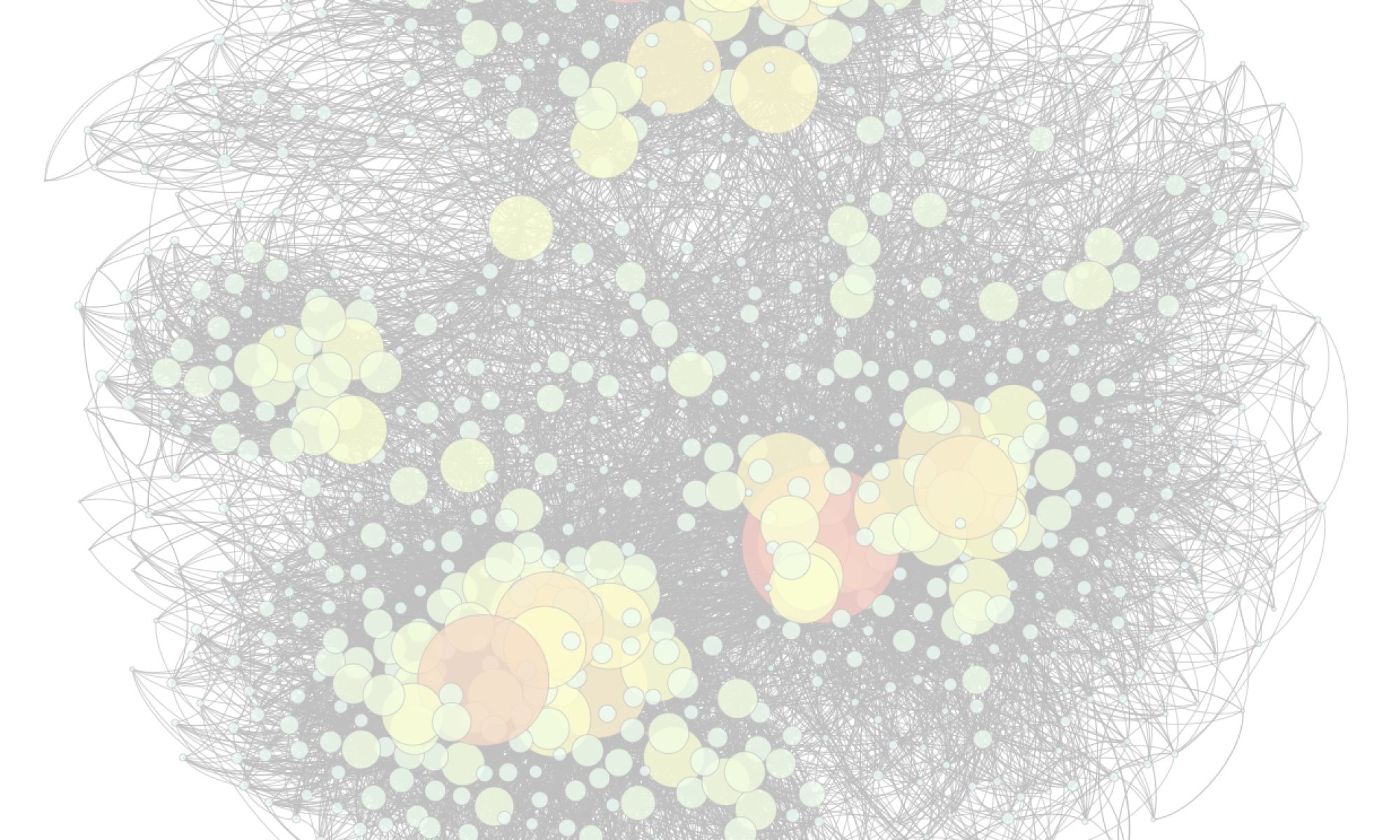Simon Delarue and Thomas Bonald
Sparse Graph Neural Networks with Scikit-network (Simon Delarue)
Joint work with Thomas Bonald
In recent years, Graph Neural Networks (GNNs) have undergone rapid development and have become an essential tool for building representations of complex relational data. Large real-world graphs, characterised by sparsity in relations and features, necessitate dedicated tools that existing dense tensor-centred approaches cannot easily provide. To address this need, we introduce a GNNs module in Scikit-network, a Python package for graph analysis, leveraging sparse matrices for both graph structures and features. Our contribution enhances GNNs efficiency without requiring access to significant computational resources, unifies graph analysis algorithms and GNNs in the same framework, and prioritises user-friendliness.
A Consistent Diffusion-Based Algorithm for Semi-Supervised Graph Learning (Thomas Bonald)
Joint work with Nathan De Lara
The task of semi-supervised classification aims at assigning labels to all nodes of a graph based on the labels known for a few nodes, called the seeds. One of the most popular algorithms relies on the principle of heat diffusion, where the labels of the seeds are spread by thermo-conductance and the temperature of each node at equilibrium is used as a score function for each label. In this paper, we prove that this algorithm is not consistent unless the temperatures of the nodes at equilibrium are centered before scoring. This crucial step does not only make the algorithm provably consistent on a block model but brings significant performance gains on real graphs.
